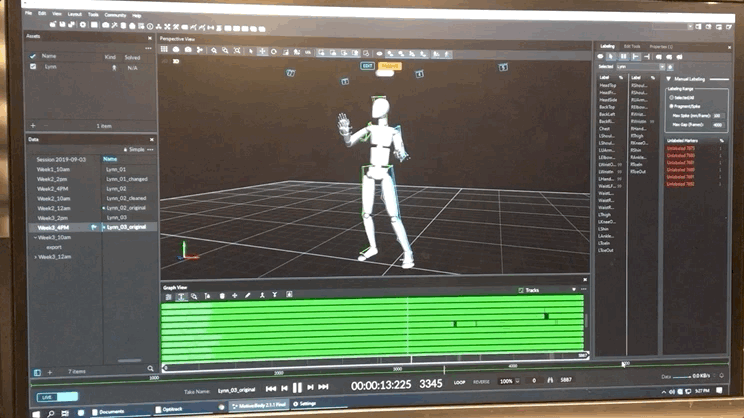Tether is a live motion capture performance that explores the nature of identity in both mind and body. Through particle systems, Tether explores the struggle between restrictions placed from outside forces and one’s own inner self. Tether is about finding the freedom of expression and identity away from constraints. The performer’s movement is tracked and projected in real-time with the audience allowed to manipulate the movement of the particle systems, affecting the performer.
Date: 2019.12.14 Location: NYU Tandon
Anna Gudnason - Creative/Visual Director
Jude Zhu - Sound/Music Director
Shrek - Technology/Graphics Director
Ryan Grippi - Narrative/Story Director
Advisors: Kat Sullivan Todd Bryant


















































